With brands and marketers under ceaseless pressure to put out more and more content, it's getting harder
to just wing it with content creation and publishing.
If you're serious about
content marketing, you need a content calendar.
So What Exactly Are Content Calendars?
A content calendar is a publishing schedule telling you what content you expect to publish, when
you expect to publish it, and on what channels.
And this planner doesn't have to only include content from your brand. It'll also include
reposts and shares of content from the media or other third parties.
Why You Need a Content Calendar
At its most basic, a content calendar helps you avoid unwanted publishing gaps (which look
unprofessional and can hurt your SEO) and unwanted bunching of your
content (which leaves money
on the table because audiences can only absorb so much of your content at once).
At the top level, it helps make your content marketing less random and reactive and more strategic
and proactive, by helping you monitor your published content's alignment with brand and marketing
goals.
A
content calendar is not a full-blown
content strategy (which is a planned journey for prospects
using content), but it's a step in the right direction.
How You Should Organize Your Content Calendar
A basic content calendar should divide content into three categories: planned event content, always-on
content, and miscellaneous content.
1. Planned Event Content
This is pretty much what it sounds like, content related to events you know will happen (and when)
from the start of the current year (or at least the start of the current half-year), which are mostly
product launches,
tradeshows, and key internal events (such as annual meetings) in B2B.
Also keep in mind that a planned event need not be physical.
A whitepaper launch (and its subsequent
campaign) or an
advertising campaign would also fit here.
2. Always-On Content
This is content on topics considered strategically important but not time sensitive. And ideally, this is
most of what you're publishing when events aren't happening.
There are many ways always-on topic buckets might be organized.
Maybe they're different industries you serve. Maybe they're
brand pillars. Maybe they're different pipelines
(brand, marketing, sales, PR), though this is not ideal.
Or maybe they're different services you offer. For instance, a company like
Jewel might choose content
marketing, content strategy, content creation, and social media as buckets, with one content piece or
post planned for each month (at least when an event isn't happening).
Some like to organize topics by quarterly focus (because it attracts and focuses the attention of
interested audiences), but this is a bad move if this is your brand's first content calendar.
You need a large engaged audience for this approach to work, which usually only happens with large and
relatively mature brands.
And don't forget, it's a good idea for content focused on your company and employees to be one of the
buckets. Good HR content
builds your brand by making it seem legit. And it also travels well on LinkedIn.
Also keep in mind that such content often qualifies as consideration and not just awareness. Prospects
not currently looking to buy won't care who you are, but those sizing you up right now as a vendor want
to know who they're potentially doing business with.
3. Miscellaneous Content
This is content fitting neither of the first two categories.
It might be coverage of unplanned events. It might be reactive content related to something in the news.
It might be ad hoc content asked for by an internal stakeholder that doesn't fit elsewhere. It could be a
lot of things.
Nothing wrong with having miscellaneous content in the mix. But if it's 25% or more, find out why, as this
might be a symptom of deeper problems with strategic guidance, alignment, or execution.
How To Get Started
Once you've settled on your content management software (read the fine print regarding what happens to any
sensitive information you might enter), input your planned events first.
Don't publish other content during the week of a planned live event/launch (i.e., the sort that generates a
lot of event coverage) if you can avoid it. You also might want to include a half-week or weeklong cushion
before and after such an event for publication of related content.
Then plan your always-on content around those events. Four buckets is a good number (i.e., one for each week
of the month). And Tuesdays and Thursdays are good publishing days to start with.
Odds & Ends
If this is your first content calendar, aim to publish two or more content pieces per week. And preferably
not more than one per weekday.
Nothing wrong with having content on consecutive days, but try to have daylight between content publishing
times whenever possible.
The more cushion you have, the more
reach and engagement for each piece. And it is
okay to relax this during major holiday times like Xmas or Chinese New Year.
It's also good practice to keep track of what stages of
the funnel each piece of content serves (
TOFU,
MOFU,
BOFU). Don't expect to do anything about this in your first year (you want a full yearly event cycle to
analyze or you risk making errant conclusions), just track it.
And when the year is done, analyze it. See if you've got too much of one funnel stage or not enough of another.
Ideally you want a
content funnel that looks like a funnel.
More TOFU than MOFU. More MOFU than BOFU. And the wider your funnel, the better.


